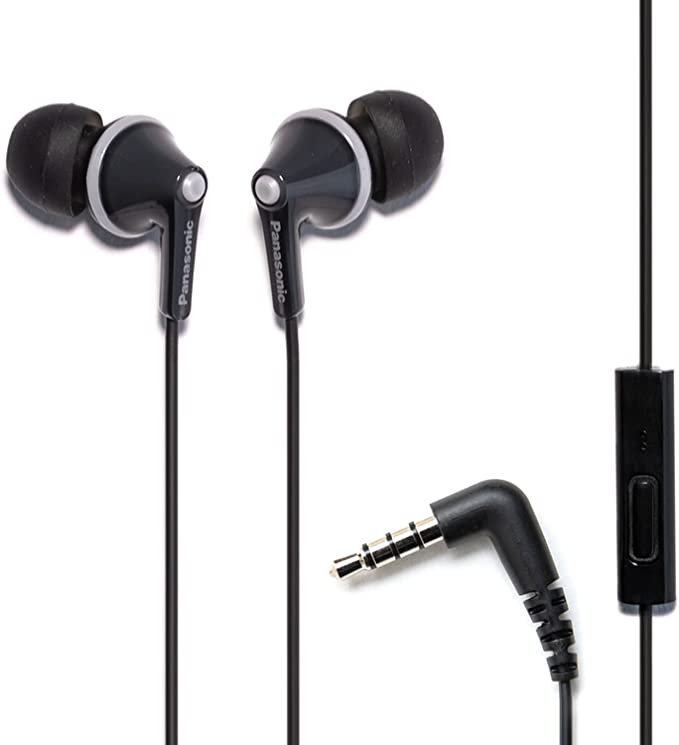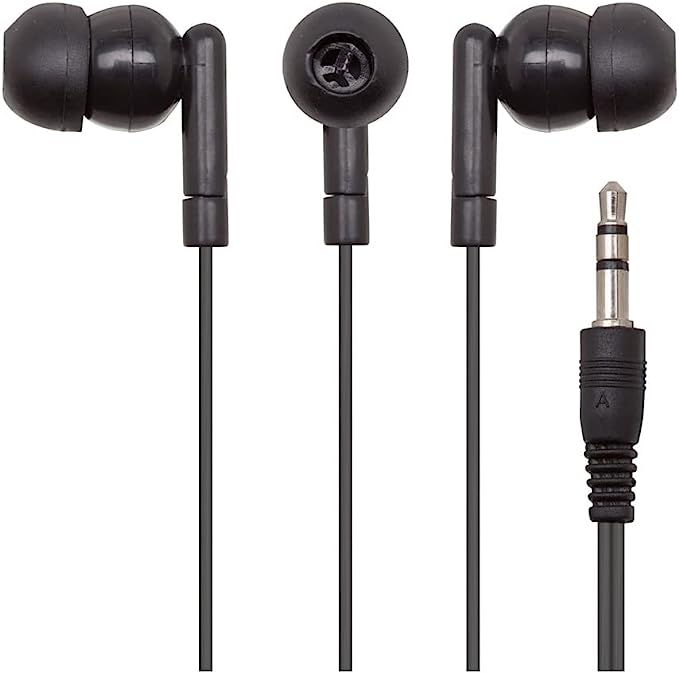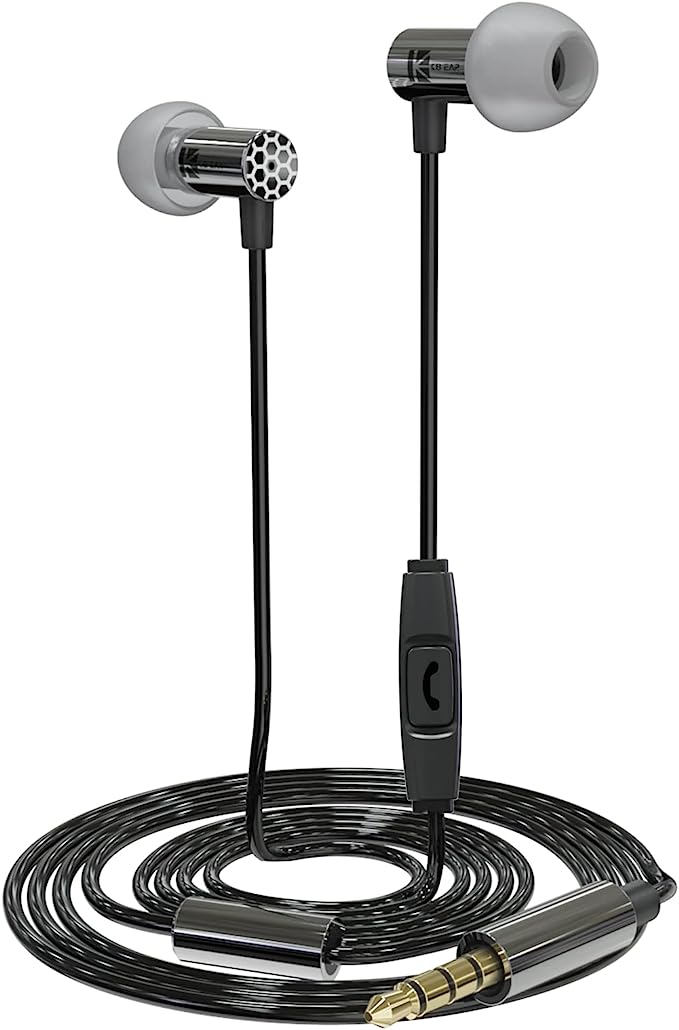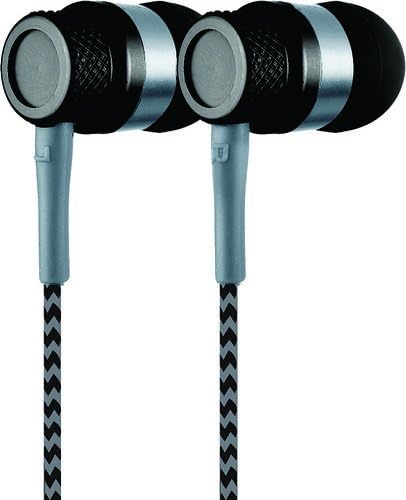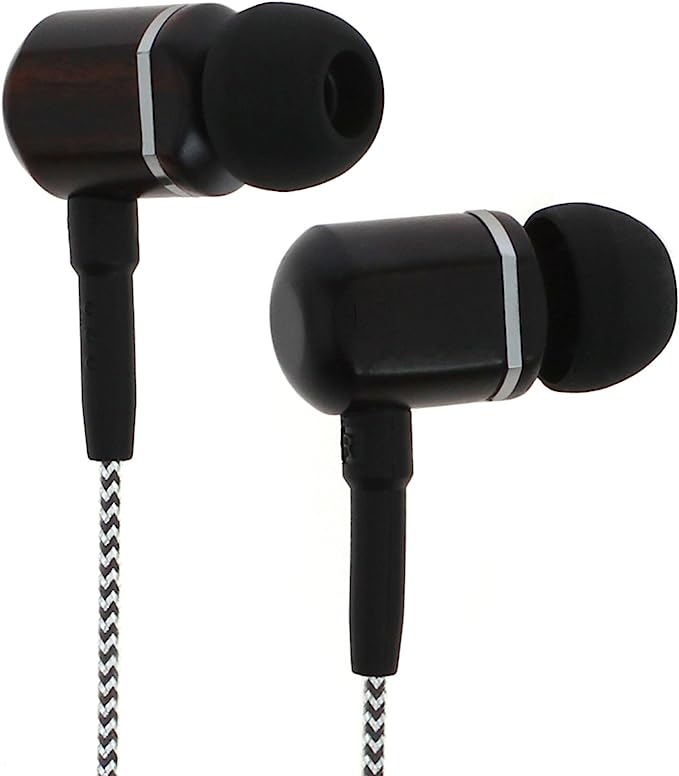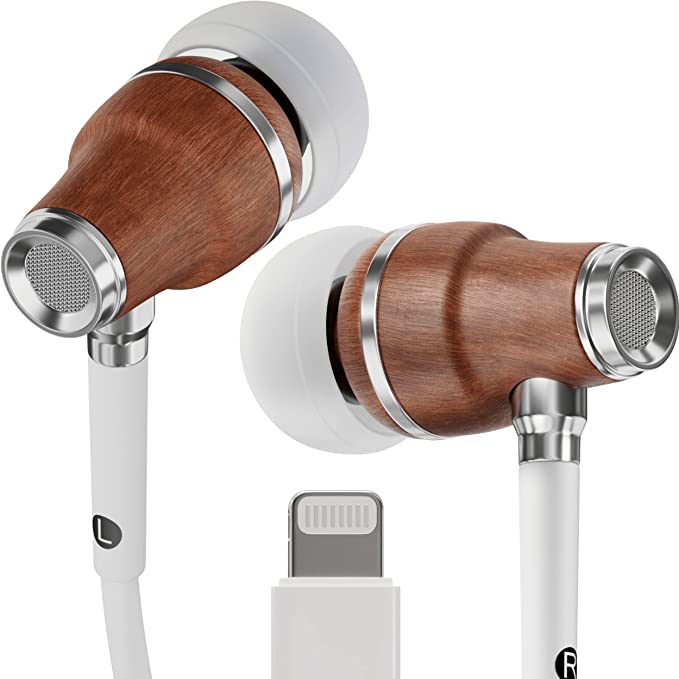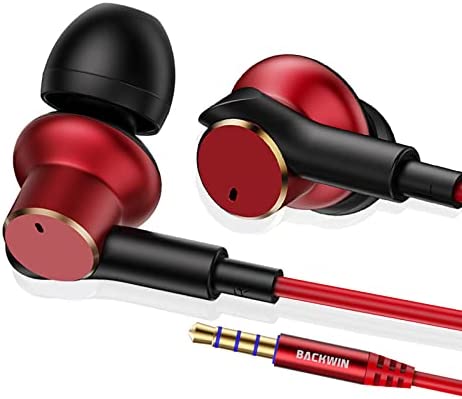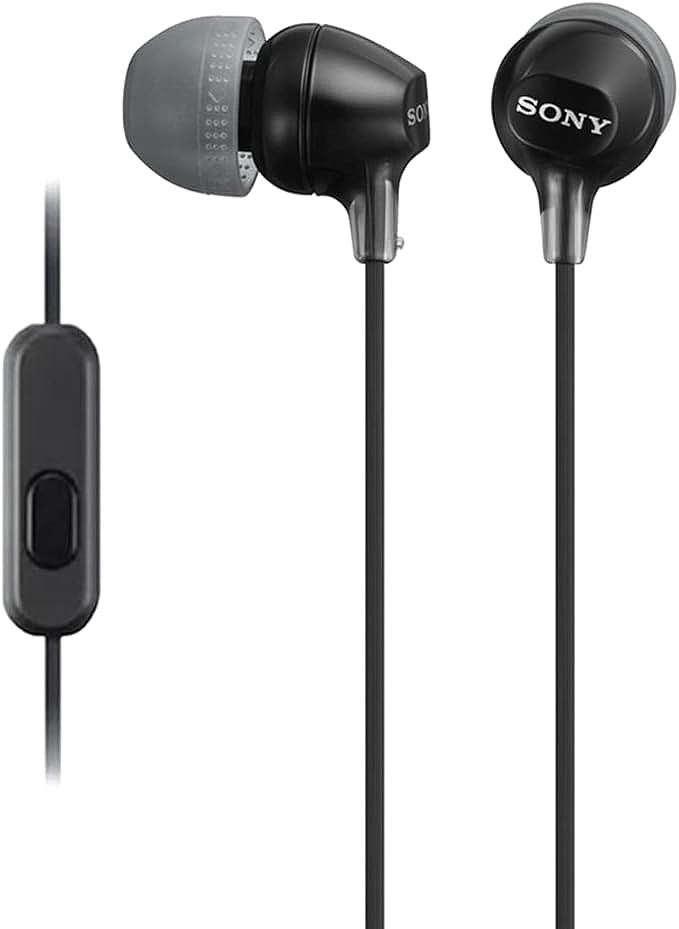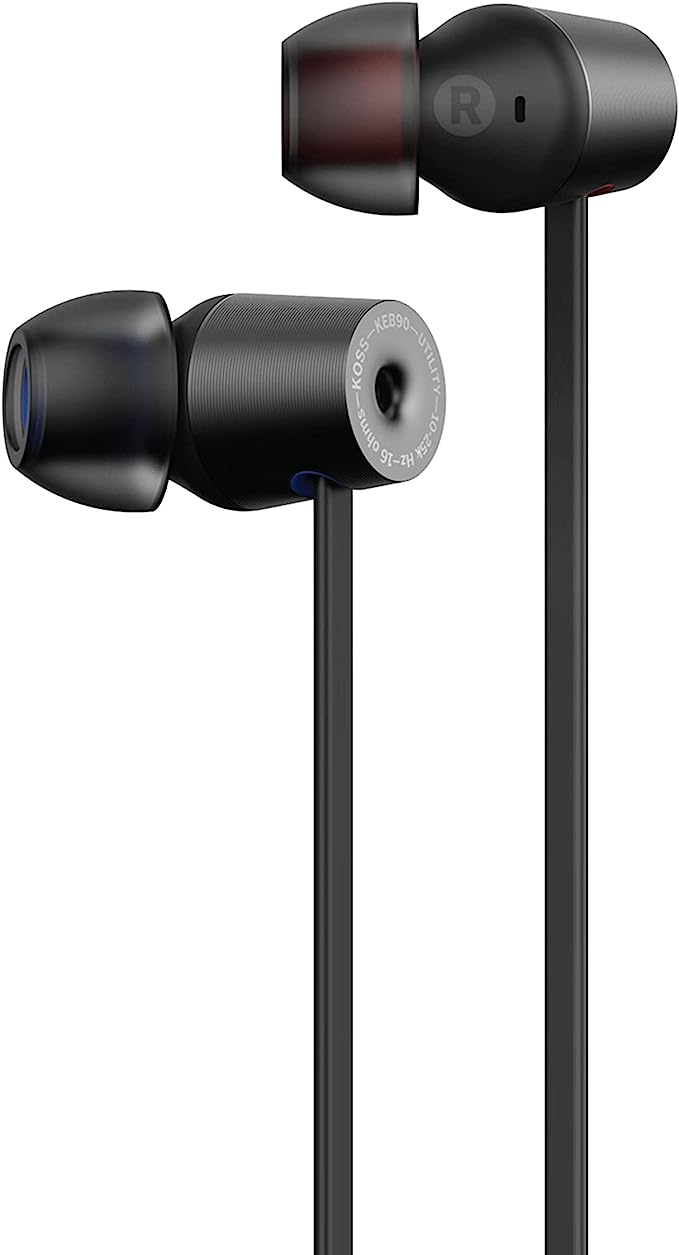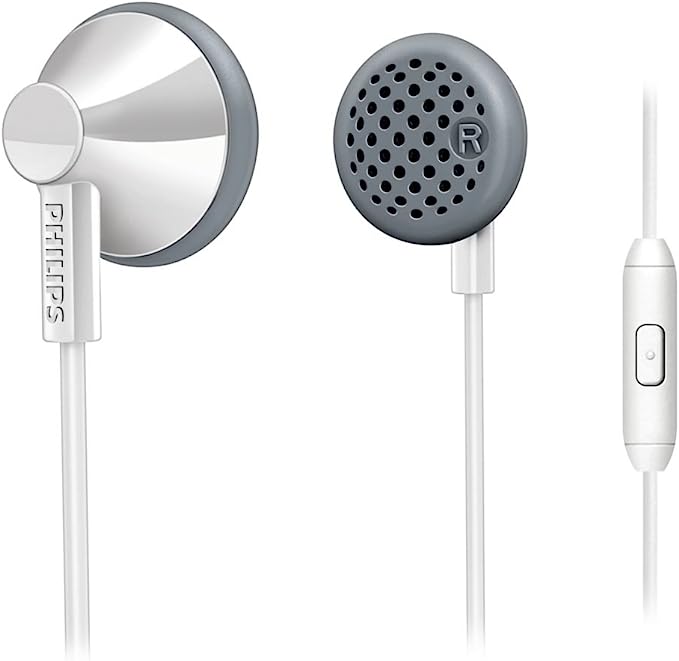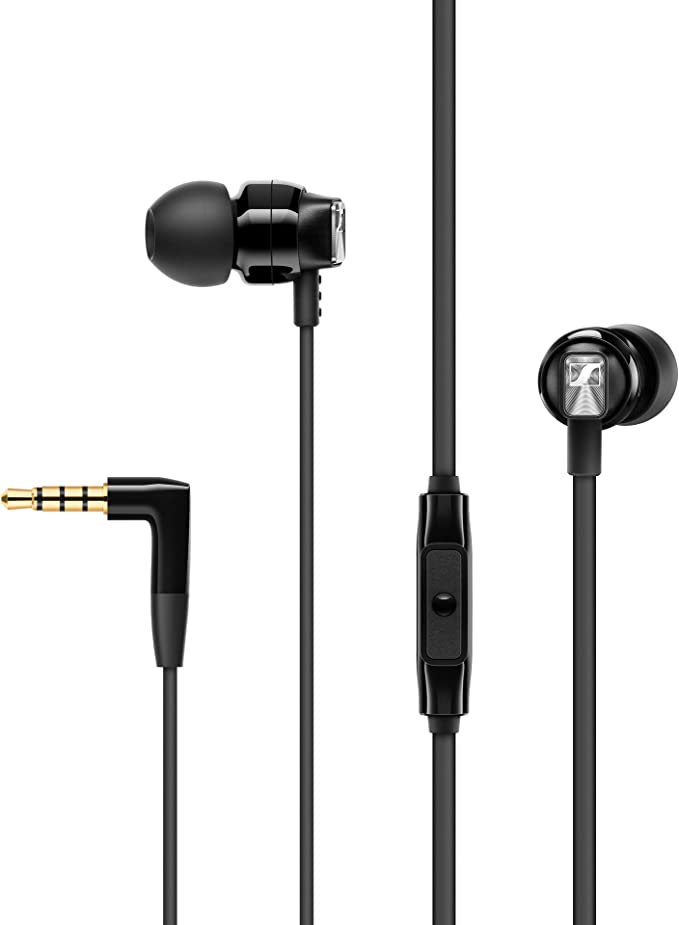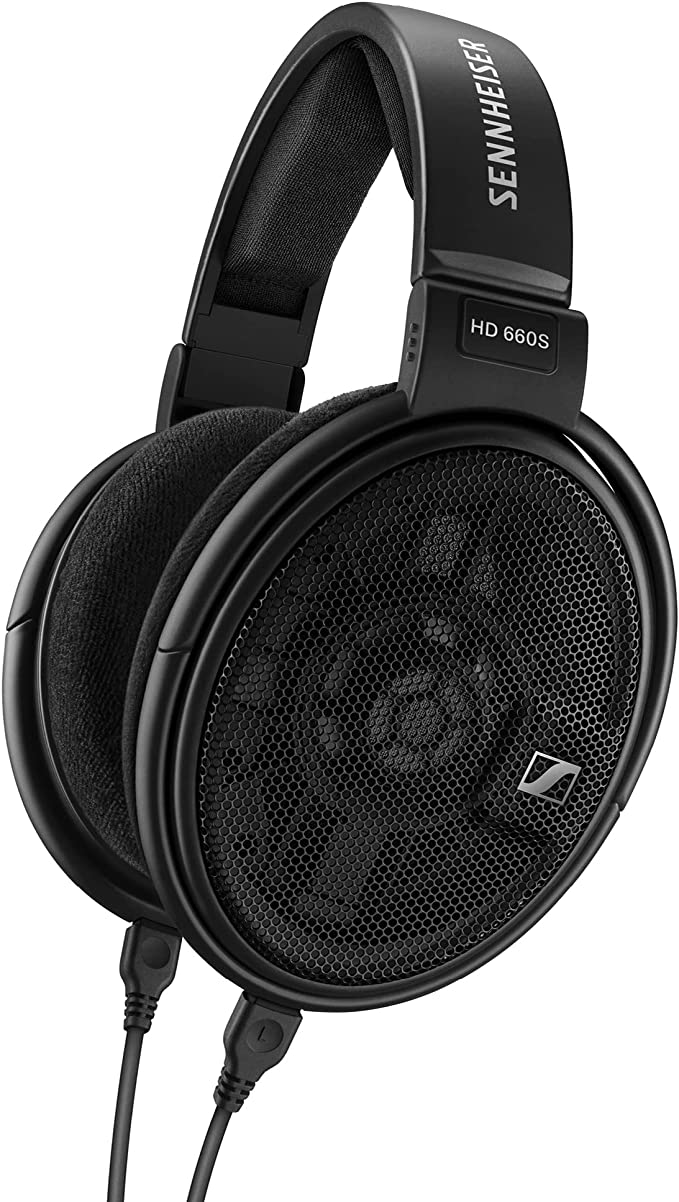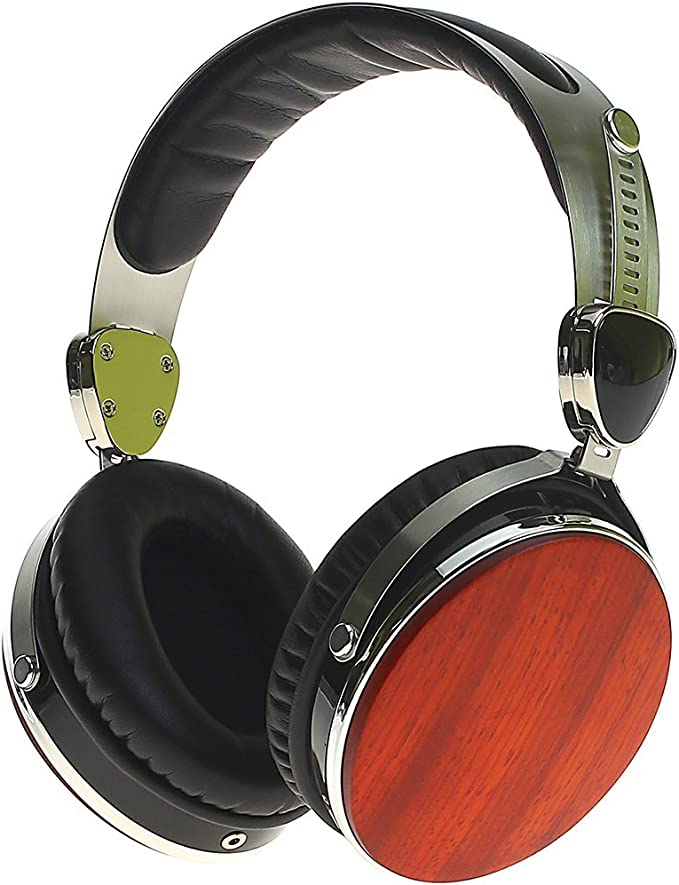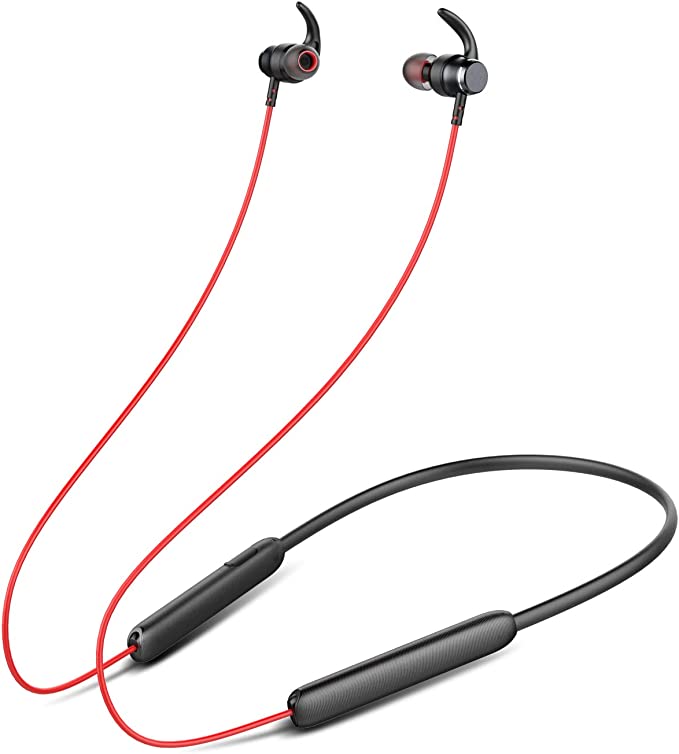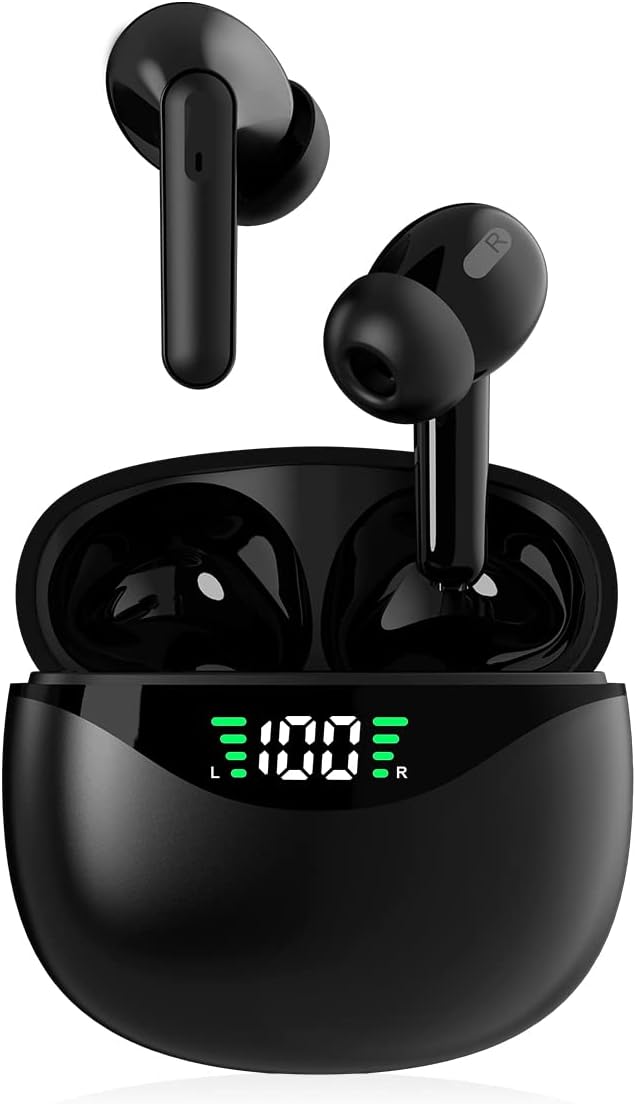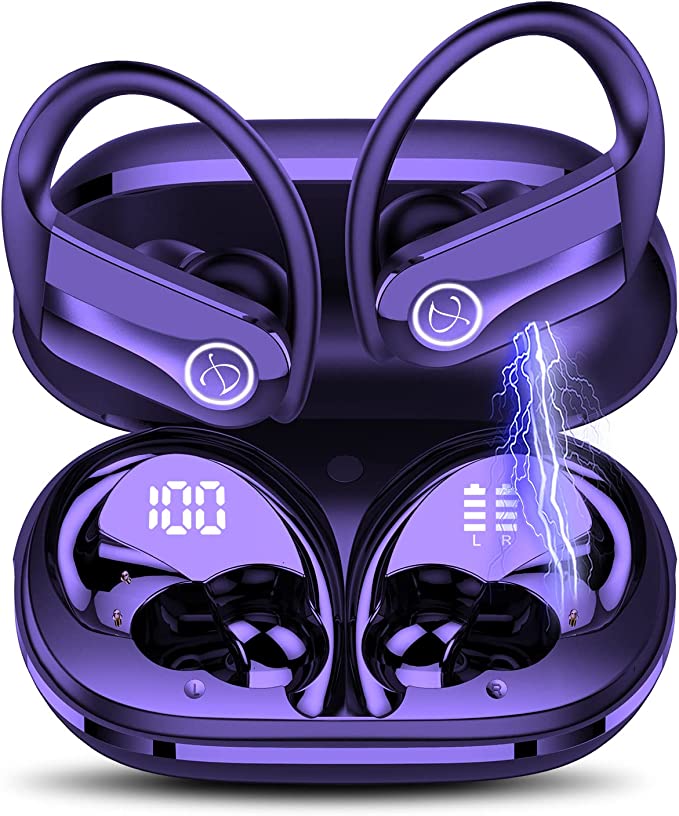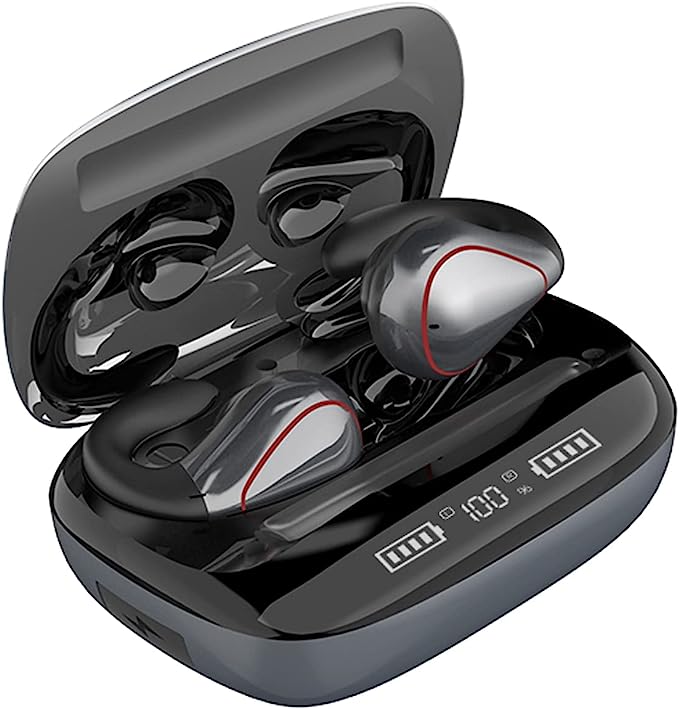Symphonized XTC 2.0 Earbuds: Experience the Warmth of Natural Wood Sound
Update on March 7, 2025, 4:05 p.m.
For millennia, humans have been captivated by the power of music. From the earliest flutes carved from bone to the complex electronic instruments of today, our desire to create and experience sound has been a constant driving force. And within that rich history, one material stands out for its enduring association with beautiful, resonant sound: wood. Think of the rich, warm tones of a Stradivarius violin, the vibrant resonance of a Martin acoustic guitar, or the powerful projection of a Steinway grand piano. These iconic instruments, revered for their unparalleled sound quality, all share a common element – they are crafted from wood.
But what is it about wood that makes it so special for creating musical instruments, and can that same magic be captured in something as small as a pair of earbuds? The answer, surprisingly, is a resounding yes. The Symphonized XTC 2.0 earbuds, handcrafted with genuine wood housings, offer a glimpse into the fascinating world of wood acoustics, bringing a natural warmth and clarity to your everyday listening.

Sound Waves and Vibrations: The Building Blocks of Audio
Before we dive into the specifics of wood, let’s take a moment to understand the basics of sound itself. Sound, in its simplest form, is vibration. When an object vibrates – whether it’s a guitar string, a drumhead, or the diaphragm of a speaker – it creates waves of pressure that travel through the air. These pressure waves, also known as sound waves, are characterized by their frequency (the number of waves per second, measured in Hertz, or Hz) and their amplitude (the intensity of the wave, related to loudness).
When these sound waves reach our ears, they cause our eardrums to vibrate. These vibrations are then transmitted through tiny bones in the middle ear to the cochlea, a fluid-filled structure in the inner ear. Within the cochlea, thousands of tiny hair cells convert these vibrations into electrical signals, which are then sent to the brain via the auditory nerve. It is our brain that ultimately interprets these electrical signals as sound, allowing us to perceive the rich tapestry of music, speech, and environmental sounds that surround us.
Headphones, including earbuds, work by essentially reversing this process. They receive electrical signals from a source device (like a smartphone or computer) and use a small component called a driver to convert those signals back into vibrations. The driver typically consists of a diaphragm, a thin membrane that vibrates rapidly in response to the electrical signal. These vibrations create sound waves that travel directly into your ear canal, bypassing the outer ear and delivering sound directly to your eardrum.

Wood’s Acoustic Signature: More Than Meets the Eye
Now, let’s return to the question of wood. Why has it been the preferred material for crafting musical instruments for centuries? The answer lies in its unique combination of physical and acoustic properties. Several key factors contribute to wood’s sonic character:
- Density: The density of wood, which is the mass per unit volume, affects how easily it vibrates. Denser woods, like ebony or rosewood, tend to transmit sound more efficiently at higher frequencies, resulting in a brighter, clearer tone. Less dense woods, like spruce or cedar, often exhibit a warmer, more mellow sound, with greater emphasis on lower frequencies.

-
Elasticity (Young’s Modulus): This property describes a material’s stiffness, or its resistance to deformation under stress. A wood with high elasticity will vibrate more readily and sustain those vibrations for a longer period, contributing to a longer sustain and a more resonant sound.
-
Damping (Internal Friction): Damping refers to the dissipation of vibrational energy within a material. Wood, unlike many synthetic materials, has a relatively high internal friction, meaning that it tends to dampen vibrations quickly. This might seem counterintuitive – wouldn’t we want less damping for a more resonant sound? However, controlled damping is crucial for preventing unwanted resonances and creating a balanced, pleasing tone. Too little damping can result in a muddy, uncontrolled sound, while too much damping can make the sound dull and lifeless.
-
Grain and Structure: The grain of the wood, which refers to the alignment of the wood fibers, also plays a significant role. The long, parallel fibers in wood act as natural waveguides, directing sound waves along the grain. This anisotropic behavior (meaning that its properties vary depending on direction) contributes to the complex and nuanced sound of wooden instruments. Imagine the difference between tapping on a piece of plywood (where the grain is layered in alternating directions) and tapping on a solid piece of spruce (where the grain runs primarily in one direction). The solid spruce will produce a clearer, more resonant tone.
Think of a violin. The top plate is typically made of spruce, a relatively lightweight and stiff wood that vibrates easily and produces a bright, clear tone. The back and sides are often made of maple, a denser and harder wood that reflects sound waves back towards the top plate, adding warmth and richness to the overall sound. The intricate carving of the violin’s body, including the f-holes, further shapes the sound by controlling the airflow and resonance within the instrument.
The Symphonized XTC 2.0: A Symphony in Wood
The Symphonized XTC 2.0 earbuds take inspiration from these centuries-old principles of wood acoustics. While the specific type of wood used isn’t explicitly stated in the provided materials (a point we noted earlier that needs clarification), the very fact that the housings are crafted from genuine wood suggests a deliberate design choice aimed at enhancing sound quality.
The wooden housings of the XTC 2.0 aren’t merely cosmetic; they serve as miniature resonating chambers, similar to the body of a violin or guitar. The wood’s natural density, elasticity, and damping properties work in concert with the earbud’s internal driver to shape the sound waves, creating a warmer, more natural sound signature compared to earbuds made from plastic or metal.
Plastic, while inexpensive and easy to mold, often lacks the complex internal structure and resonant properties of wood. It can sometimes impart a “plasticky” or artificial quality to the sound, particularly in the midrange frequencies. Metal, while offering good rigidity and durability, can sometimes sound harsh or overly bright due to its high density and low damping.
The XTC 2.0’s noise-isolating design further enhances the listening experience. The snug fit of the earbuds, aided by the six included pairs of custom-fit silicone tips, creates a physical barrier that blocks out external noise. This passive noise isolation allows you to hear more of your music and less of the surrounding environment, without the need for battery-powered active noise cancellation.
The in-line microphone and control button offer added convenience, allowing you to easily answer calls and control music playback without having to reach for your device. And the tangle-free cable, a seemingly small detail, is a welcome feature for anyone who’s ever spent frustrating minutes untangling a knotted mess of wires.
While it’s not the focus, it is important to note a point made earlier: The lack of wireless functionality might be seen as a drawback by some users in today’s increasingly wireless world. However, it’s also worth considering that wired connections often provide a more stable and reliable audio signal, with no risk of Bluetooth dropouts or latency issues.
Hearing is Believing: Real-World Listening with the XTC 2.0
Imagine you’re on a crowded bus, surrounded by the cacophony of city noise. You slip on your Symphonized XTC 2.0 earbuds, and the world outside fades away. The gentle pressure of the silicone tips creates a comfortable seal, blocking out the rumble of the engine, the chatter of fellow passengers, and the general din of urban life. You press play on your favorite acoustic guitar track, and the difference is immediately noticeable.
The warm, resonant tones of the guitar strings fill your ears, each note distinct and clear. You can hear the subtle nuances of the musician’s fingerpicking, the delicate vibrato, the natural decay of each chord. It’s as if you’re sitting in a small, intimate concert hall, rather than a packed commuter bus. The wooden housings of the earbuds seem to add a layer of richness and depth to the sound, a quality that’s often missing from earbuds made with less resonant materials.
Later, at home, you switch to a podcast. The voices of the hosts sound natural and present, as if they’re speaking directly to you. The noise isolation helps you focus on the conversation, even with distractions in the background. The in-line microphone allows you to take a quick call without missing a beat, your voice coming through clearly on the other end.
These are just a few examples of how the Symphonized XTC 2.0 earbuds can enhance your everyday listening experience. Whether you’re a music aficionado, a podcast enthusiast, or simply someone who appreciates clear, natural sound, these earbuds offer a unique combination of acoustic design and practical features.

Beyond the Basics: A Deeper Dive (Optional)
For those who want to delve even deeper into the world of audio, let’s touch on a few more advanced concepts:
-
Earbud Burn-In: Some audiophiles believe that headphones, like fine wine, improve with age. This process, known as “burn-in,” involves playing music through the headphones for an extended period (often 40-100 hours) to loosen up the diaphragm and other components. While the scientific evidence for burn-in is debated, some listeners report subtle improvements in sound quality after this process. If you’re curious, you can try burning in your XTC 2.0 earbuds by playing a variety of music at moderate volume for several days.
-
Audio Formats: The quality of your audio source also plays a significant role in your listening experience. Lossless audio formats, like FLAC and ALAC, preserve all of the original data from a CD or other high-resolution source, while lossy formats, like MP3 and AAC, compress the audio data to reduce file size, potentially sacrificing some sound quality. If you’re serious about audio fidelity, consider using lossless formats whenever possible.
-
Equalization: Most music player apps and devices offer some form of equalization (EQ), which allows you to adjust the levels of different frequencies. You can use EQ to fine-tune the sound of your XTC 2.0 earbuds to your personal preferences, boosting the bass, enhancing the vocals, or taming any harshness in the treble.

Conclusion: Embrace the Natural Sound
The Symphonized XTC 2.0 earbuds represent a harmonious blend of traditional craftsmanship and modern technology. By utilizing the natural acoustic properties of wood, they offer a listening experience that’s both rich and authentic. They remind us that sometimes, the best solutions are found not in the latest synthetic materials, but in the time-tested wisdom of nature.
These earbuds aren’t just about listening to music; they’re about experiencing it. They’re about connecting with the artistry and emotion of the music, appreciating the subtle nuances that often get lost in the digital shuffle. So, if you’re looking for a way to rediscover your favorite music with a warmth and clarity that only natural wood can provide, the Symphonized XTC 2.0 earbuds are well worth a listen. They offer a refreshing alternative to the often sterile and artificial sound of many modern earbuds, inviting you to embrace the natural sound.










